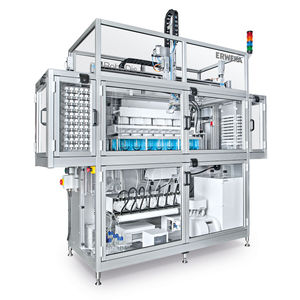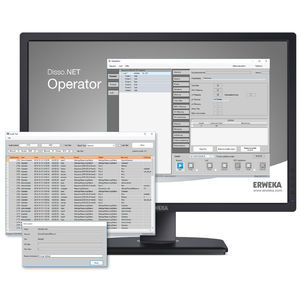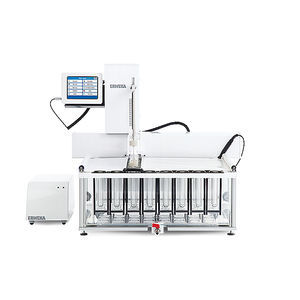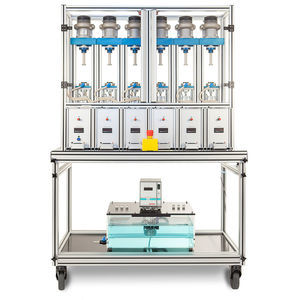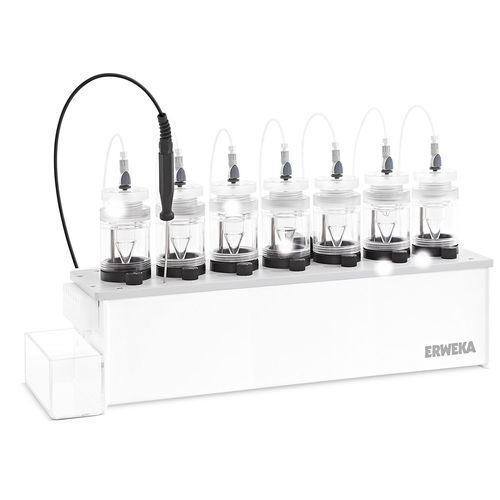
- Products
- Catalogs
- News & Trends
- Exhibitions
Dissolution testing system DFZ II flowfor medical devicesindustrial



Add to favorites
Compare this product
Characteristics
- Test type
- flow, dissolution
- Tested product
- for medical devices
- Applications
- industrial
- Configuration
- benchtop
Description
The new ERWEKA flow-through cell tester DFZ II can be used for various applications thanks to its wide range of available cell types, e.g. for testing poorly soluble products or low-dose formulations with sustained release.
Innovations as the new cell design with increased leak-tightness and the optimized tubing system with quick locks allow a fast preparation and implementation of dissolution tests. The new leaner cell bodies ensure an improved cell warming and can be heated individually. All USP 4 DFZ II systems can be easily controlled with the Disso.NET 3.X software via a controller.
Accompanying our flow-through systems, we offer a variety of different cells with a new improved design for different purposes - from the standard tablet cell to granulate & powder cells to cells for implants, suppositories and stents.
The new standardized cell head fits all offered cell bodies and facilitates along with the new standardized flat seals (only 3 pieces per cell: connection, head and heating jacket) handling and assembly of the cells. The optimized cell bodies with decreased cell wall thickness guarantee an improved cell heating.
Different USP 4 cells available
Different cells for different purposes available - e. g. for implants, granulates & powders, suppositories, stants, cells with creme adapter or with a dialysis adapter.
VIDEO
Catalogs
Exhibitions
Meet this supplier at the following exhibition(s):

Related Searches
- Indentation hardness tester
- Benchtop indentation hardness tester
- Digital hardness tester
- Digital tester
- Automatic test equipment
- Industrial testing system
- Automatic testing system
- Automatic indentation hardness tester
- Metal indentation hardness tester
- Industrial test equipment
- Benchtop testing system
- Digital test equipment
- Laboratory testing system
- Tabletop testing device
- Laboratory test equipment
- Universal indentation hardness tester
- Compact test equipment
- Materials test equipment
- Measurement hardness tester
- Leakage testing system
*Prices are pre-tax. They exclude delivery charges and customs duties and do not include additional charges for installation or activation options. Prices are indicative only and may vary by country, with changes to the cost of raw materials and exchange rates.




